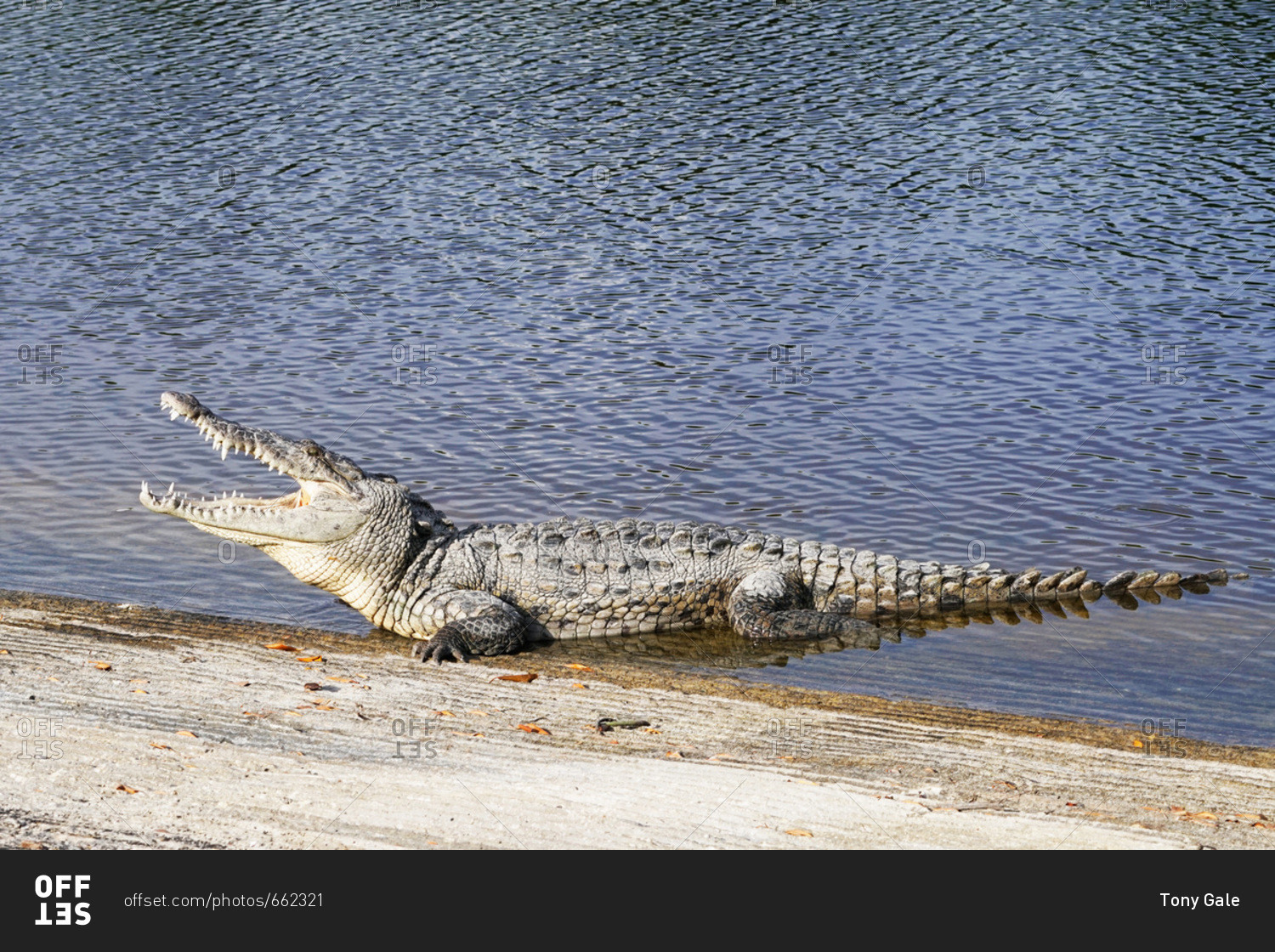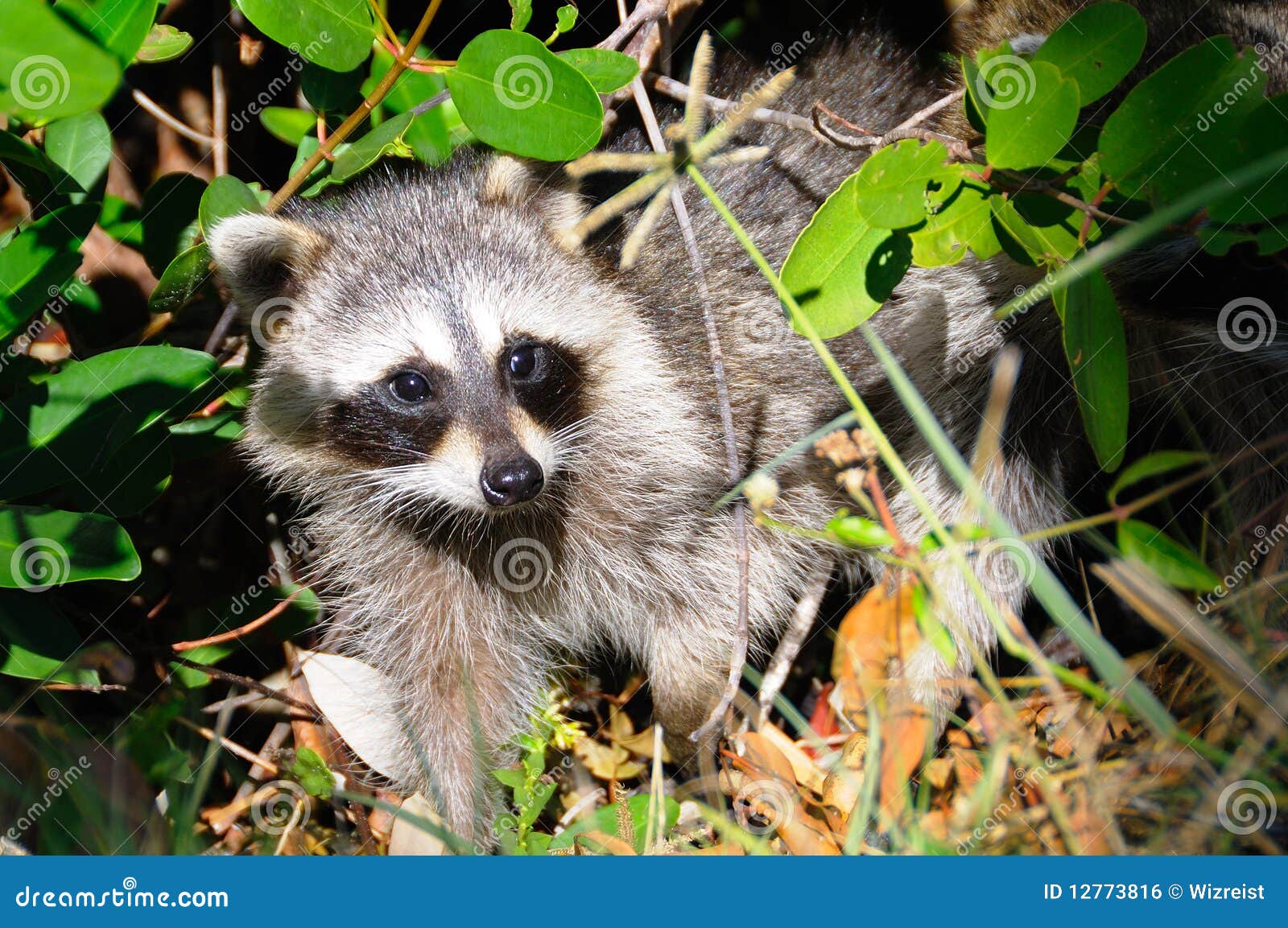

Using this framework, we show that ecology can guide best practices to support human-wildlife coexistence. For a study published this week in Conservation Biology, I collaborated with Jennie Miller from Defenders of Wildlife and colleagues from University of California Berkeley to develop an ecological framework for livestock predation. Yet at the core of carnivore-livestock conflict is predation. There is no silver bullet for solving carnivore-livestock conflict. In other words, how do livestock predation interventions work, and for how long? We thus need to figure out how intervention effectiveness changes in different contexts. Yet, nonlethal interventions vary in scale, scope, cost, and targeted carnivores. Nonlethal interventions, such as guardian dogs, lights, electric fencing, and fladry, can be ideal solutions since such tools often have high public support while helping to maintain ecological stability. Carnivores, livestock species, ecosystems, landscapes, and stakeholders all differ in place and time. Yet, it can be challenging to find pathways to coexistence. New science published this week shows how considering animal ecology can help inform our tools for human-wildlife coexistence.Ĭonservation biologists and livestock managers have long searched for a “silver bullet” for resolving carnivore-livestock conflict.

This conservation challenge is complex and solutions aren’t easy.

People may also use lethal control against carnivores through poisoning and other means. Carnivores may prey on livestock, hurting human livelihoods. To many people around the world, conflict with carnivores is a major part of life.


 0 kommentar(er)
0 kommentar(er)
